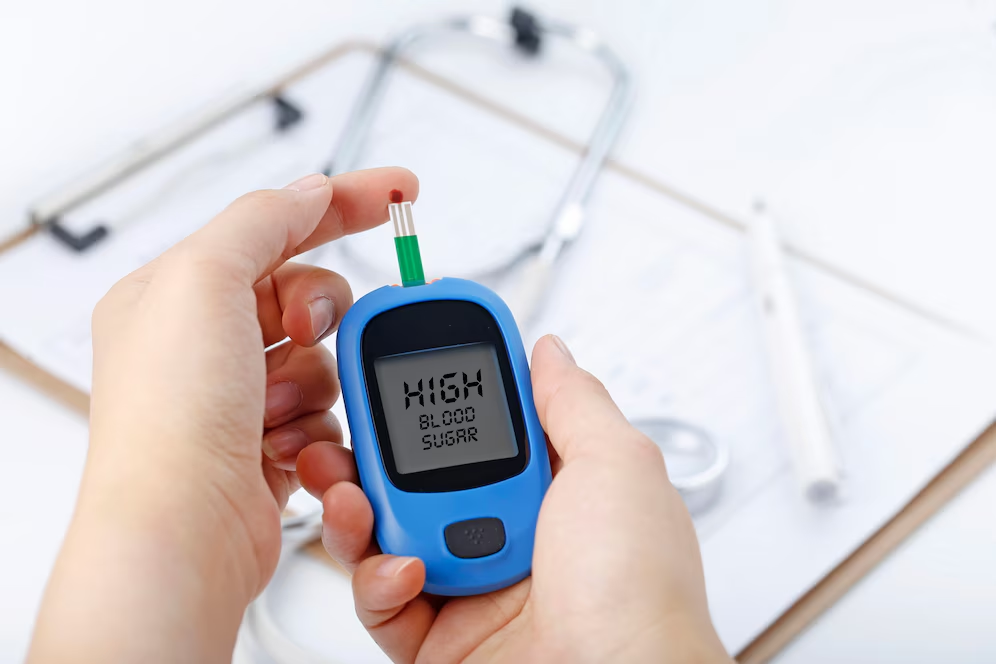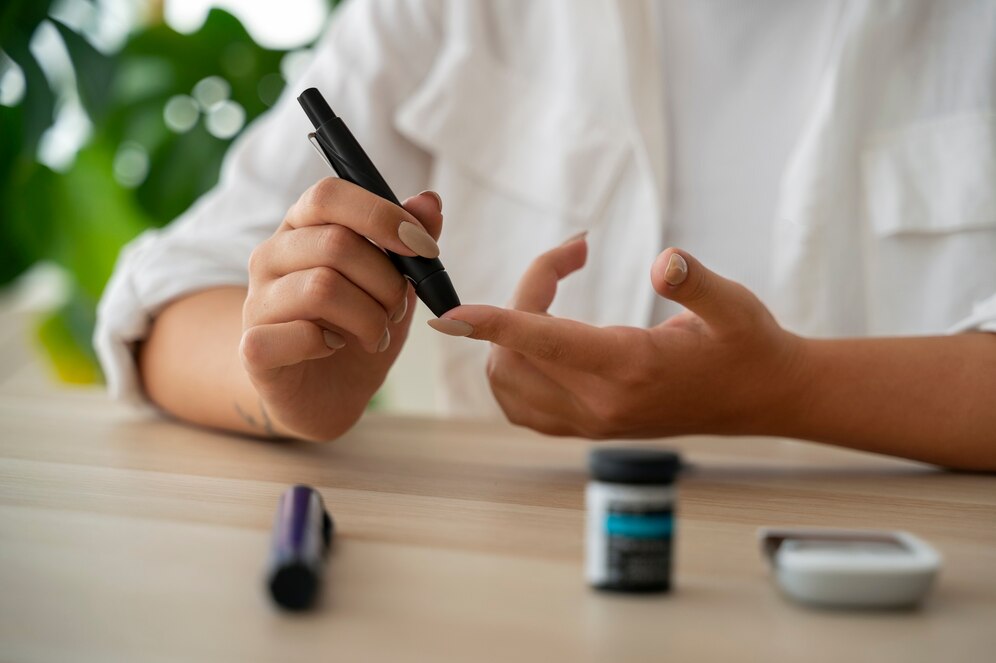Due to today's wrong eating habits and poor lifestyle, the number of diabetes patients is increasing day by day. It is a serious disease and it is very important to get timely treatment. In such a situation, it is very important to have the right information about diabetes. You must have heard about type 1 and type 2 diabetes, but do you know about type 1.5 diabetes?

Type 1.5 diabetes is a disease that is similar to both type 1 and type 2, but it is often misdiagnosed. It is also known as latent autoimmune diabetes (LADA) in adults. Lance Bass, famous for his role in the iconic American pop band NSYNC, recently revealed that he has this disease, after which more people came to know about this condition. So, what is type 1.5 diabetes? And how is it diagnosed and treated?
Types of Diabetes
Diabetes mellitus is a group of conditions that occur when the level of glucose (sugar) in our blood is higher than normal. There are actually more than 10 types of diabetes, but the most common are type 1 and type 2.
Type 1 Diabetes
Type 1 diabetes is an autoimmune condition where the body's immune system attacks and destroys the cells in the pancreas that make the hormone insulin. This leads to little or no insulin production. Insulin is important for moving glucose from the blood into our cells to be used for energy, which is why people with type 1 diabetes need insulin medication every day. Type 1 diabetes usually appears in children or young adults.
Type 1 Diabetes
Type 2 diabetes is not an autoimmune problem. Rather, it occurs when the body's cells become resistant to insulin over time, and the pancreas is no longer able to make enough insulin to overcome this resistance. Unlike type 1 diabetes, people with type 2 diabetes produce some insulin. Type 2 is more common in adults but is increasingly seen in children and young people. Management can include behavioural changes such as nutrition and physical activity, as well as medications and insulin therapy.
How is type 1.5 diabetes different from types 1 and 2?
Like type 1 diabetes, type 1.5 occurs when the immune system attacks the insulin-producing pancreatic cells. But people with type 1.5 often don't need insulin right away because their condition develops more slowly. Most people with type 1.5 diabetes will need to use insulin within five years of diagnosis, whereas people with type 1 usually need it from diagnosis.
Type 1.5 diabetes is usually diagnosed in people over 30, possibly because of the slower progression of the condition. This is older than the typical age for type 1 diabetes but younger than the typical diagnosis age for type 2. Type 1.5 diabetes shares genetic and autoimmune risk factors with type 1 diabetes, such as specific gene variants. However, evidence has also shown that it may be influenced by lifestyle factors such as obesity and physical inactivity that are usually associated with type 2 diabetes.
What are the symptoms and how is it treated?
The symptoms of type 1.5 diabetes vary greatly between people. Some may have no symptoms at all. But in general, people may experience the following symptoms:
* Increased thirst
* Frequent urination
* Feeling tired
* Blurred vision
* Uneffortless weight loss.
Typically, type 1.5 diabetes is initially treated with medication to keep blood sugar levels in the normal range. Depending on their glucose control and the medication they are using, people with type 1.5 diabetes may need to monitor their blood glucose levels regularly throughout the day.
When average blood sugar levels rise beyond the normal range, even with medications, treatment may progress to insulin. However, there are no universally approved management or treatment strategies for type 1.5 diabetes. Lance Bass said he was initially diagnosed with type 2 diabetes but later learned he actually had type 1.5 diabetes. This is not entirely uncommon. An estimated 5-10% of cases of type 1.5 diabetes are misdiagnosed as type 2 diabetes.
Possible causes of type 1.5 diabetes
* Accurately diagnosing type 1.5 diabetes and distinguishing it from other types of diabetes requires special antibody tests (a type of blood test) to detect autoimmune markers. Not all health care professionals routinely recommend this test, either because of cost concerns or because they can't afford it.

* Type 1.5 diabetes is most commonly found in adults, so doctors may incorrectly assume a person has type 2 diabetes, which is more common in this age group (while type 1 diabetes usually affects children and young adults).
* People with type 1.5 diabetes often make enough insulin in the body to control their blood sugar levels without needing to start insulin medication. This can make their condition look like type 2 diabetes, where people also produce some insulin. * Finally, since the symptoms of type 1.5 diabetes are similar to those of type 2 diabetes, it may initially be misdiagnosed as type 2.
Compared to type 1 and type 2 diabetes, there is little research on how common type 1.5 diabetes is, especially in non-European populations. In 2023, it was estimated that type 1.5 diabetes represents 8.9% of all diabetes cases, which is similar to type 1. However, we need more research to get an accurate number.
Overall, awareness of type 1.5 diabetes and unclear diagnostic criteria is limited, which has slowed our understanding of the condition. A misdiagnosis can be stressful and confusing. For people with type 1.5 diabetes, being misdiagnosed with type 2 diabetes can mean they don't get the insulin they need in time. This can lead to poor health and a higher chance of complications in the future.
Having the correct diagnosis helps people get the right treatment, save money and reduce the distress of diabetes. If you're experiencing symptoms that you think may indicate diabetes, or you're feeling unsure about the diagnosis you've already received, monitor your symptoms and talk to your doctor.
(PC: Freepik)










